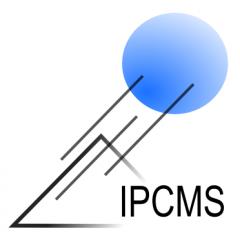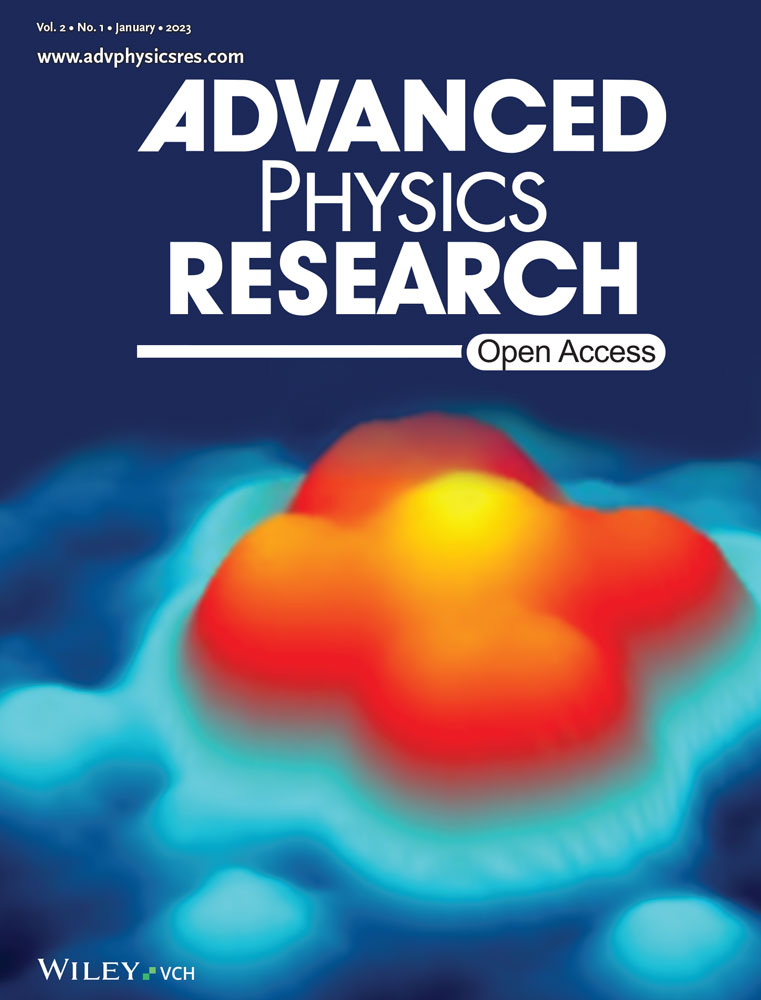
Senior member of the INSTITUT UNIVERSITAIRE DE FRANCE
Jean-Pierre BUCHER is a professor at Université de Strasbourg (Unistra). He is head of the Research Group “Scanning probes for Nanomagnetism” at the IPCMS. J.P. Bucher received his PhD from the Ecole Polytechnique Fédérale de Lausanne (EPFL) for his study by spin-echo-NMR of quantum size effects and adsorbate induced modifications in Pt nanoclusters. In 1989 he was awarded a two year “Fellowship for Advanced Researcher” of the Swiss National Science Foundation to pursue research on molecular beams at University of Virginia in Charlottesville. There he built a Stern-Gerlach deflection experiment with a pulsed laser vaporization cluster source and time of flight mass spectrometer for the study of magnetic clusters. J.P. Bucher observed for the first time superparamagnetic relaxation in free cobalt clusters as well as the appearance of magnetic magic numbers in rare earth clusters of a few atoms. As an invited scientist at KFA-Jülich, Germany (1991), he worked in surface science and near field microscopy. In 1992 he spent 2 years as a research scientist at the EPFL, conducting UHV-STM studies of growth kinetics in heteroepitaxial metal systems and explored new ways of nanostructuring and self-organizing atoms on surfaces. In 1994 he got a position as a full professor at Université Louis Pasteur and became a group leader at IPCMS. J.P. Bucher possesses expertise in diverse fields of nanomagnetism, molecular nanoelectronics, spin electronics and development of instruments. In the last 10 years he focused his research on magnetotransport in STM junctions in the spin-polarized configuration (SP-STM). Atoms and molecules are addressed on an individual basis by near-field probes, with the main objective to accede specific magnetic properties and gain control over atomic scale quantum mechanical behavior of spin arrays. He is co-author of 130 publications in international reviews in the fields of magnetism of small object, atomic and molecular cluster physics, near field probes and instrumentation, surface science. He has directed and co-directed nineteen Ph.D. theses. He is senior member of the Institut Universitaire de France and holder of the reward of scientific excellence.
International projects
- QUSTEC – Quantum Science and Technologies at the European Campus. Doctoral training program.
- iJURC research program of Institute for Chemical Research (ICR), Kyoto University, « Interdisciplinary Approach to Nanostructured Materials for Applications » (2020-2023).
- LabEx NIE, “Entanglement of single molecule magnets via radical spins inside 2D networks” (2016-2019).
- Institut Universitaire de France (IUF), «SPINMAP» (Spin Manipulation with atoms and molecules) (2010-2015).
- International Center for Frontier Research in Chemistry (FRC) for the research Project « SPIN MASTER » (2008-2010).
- ANR-Blanc 2007 « SPIN MASTER » (ANR-07-BLAN-0139). « Spin injection for magnetic spectroscopy and spin transport in single objects » (2008-2010).
- 6th Framework Program, European Network of Excellence, No : 515762-2. “Molecular Approach to Nanomagnets and Multifunctional Materials” (2005-2009). Responsible for instrumental platforms (15 nodes, 150 researchers). Simultaneously coordinator of the SINGLEMO platform dedicated to the magnetic spectroscopy of single objects, in particular molecule magnets.
- 5th Framework Program, European contract RTD-Growth, No : G5RD-CT-2001-00478. New Nanoscale Materials for Advanced Magnetic Storage Devices. September 2001 to December 2004, coordinator.
Research Activies
Spin-polarized STM spectroscopy on single objects
Visualizing the Spin State of Individual Molecules
Structure and Spin-Polarized States of Cobalt Nanoislands
Magnetism of sub-micrometer dots and wires
Other activities
Cours de l’Ecole Doctorale de Physique et Chimie Physique
Comité Scientifique du Forum des Microscopies à Sonde Locale
Main scientific interest
- Tunneling and magnetotransport through single objects (atoms and molecules). New spatial resolving spectroscopies : polarized spin techniques. MFM and spatially resolved magnetic resonance.
- Electronic and magnetic properties of low dimensional systems. Quantum size effects. Transient phenomena in magnetic systems. Transport in mesoscopic systems ; localization and disorder.
- Self-organization of atomic and molecular clusters on surfaces. Phase transitions and critical phenomena in low dimensional systems. Emergence of solid state properties.
Highlights
- Hierarchical Self-Assembly and Conformation of Tb Double-Decker Molecular Magnets: Experiment and Molecular Dynamics. Nanomaterials 2023, 13, 2232. https://doi.org/10.3390/nano13152232
- When Molecular Dimerization Induces Magnetic Bi-Stability at the Metal-Organic Interface. Advanced Physics Research 2022. https://doi.org/10.1002/apxr.202200005
- Resolving Site-Specific Energy Levels of Small-Molecule Donor-Acceptor Heterostructures Close to Metal Contacts. Nanomaterials 2021, 11, 1618. https://doi.org/10.3390/nano11061618
- Morphological and optical properties of alpha- and beta-phase zinc (parallel to) phthalocyanine thin films for application to organic photovoltaic cells. J. Chem. Phys. 2020, 153, 144704. https://doi.org/10.1063/5.0022262
- Screening of the 4f-electron spin of TbPc2 single-molecule magnets on metal substrates by ligand channeling. Nanoscale 2019, 11, 21167-21179. https://doi.org/10.1039/C9NR05873G
- Molecular attachment to a microscope tip: inelastic tunneling, Kondo screening, and thermopower. Beilstein J. Nanotechnol. 2019, 10, 1243-1250. DOI:10.3762/bjnano.10.124
- Two-Dimensional Organometallic Kondo Lattice with Long-Range Antiferromagnetic Order. Journal of Physical Chemistry C. 2018, 122, 20046-20054. DOI: 10.1021/acs.jpcc.8b07059
- Role of pi-Radicals in the Spin Connectivity of Clusters and Networks of Tb Double-Decker Single Molecule Magnets. ACS Nano, 2017, 11, 10750-10760. DOI: 10.1021/acsnano.7b05804
- Conductance hysteresis and inelastic excitations at hydrogen decorated cerium atoms and clusters in a tunnel junction. Nano Research 2016, 9, 3171-3178. DOI 10.1007/s12274-016-1202-y
- Chapter “On-Surface Synthesis”, Part of the series Advances in Atom and Single Molecule Machines pp 115-129. Springer International Publishing 2015, DOI: 10.1007/978-3-319-26600-8_6
- Local electronic and magnetic properties during on-surface synthesis of Fe-Phthalocyanine. J. Phys. Chem. Lett. 2014, 5, 3175-3182. DOI: 10.1021/jz5015696
- Steric and electronic selectivity, from topological confinement to bond formation. Nano Research 2014, 7, 888–897. DOI 10.1007/s12274-014-0450-y
- Chiral conformation of propeller open shell molecule. J. Phys. Chem. Lett. 2012, 3, 1559.
- Localization of electronic states at molecule-electrode interfaces. Phys. Rev. Lett. 2011, 107, 216801.
- Move an atom and watch its spin flip. Nature Nanotech. 2010, 5, 315.
- Direct observation of the tunnelling channels of a chemisorbed molecule. J. Phys. Chem. Lett. 2010, 1, 1517.
- Spin structure of an atomic protrusion : Probing single atoms on cobalt nanoislands. Phys. Rev. B 2009, 79, 113401.
- First Detection of the Spin State of Individual Cobalt-Phthalocyanine Molecules. Phys. Rev. Lett. 2008, 101, 116602.

